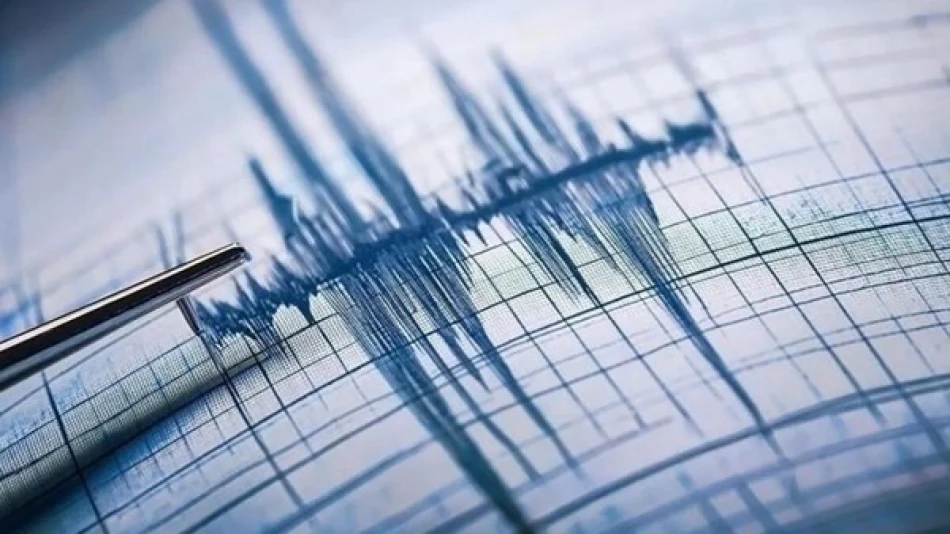
Powerful Earthquake Shakes Papua, Indonesia - Disaster Response and Relief Efforts Underway
6.3 Magnitude Earthquake Strikes Indonesia's Papua Region, No Tsunami Risk Detected
A significant 6.3 magnitude earthquake struck Indonesia's Papua region on Tuesday, marking another seismic event in one of the world's most earthquake-prone nations. While the tremor was substantial enough to trigger monitoring protocols, tsunami warning centers confirmed no threat of coastal waves, offering relief to communities along Indonesia's extensive coastline.
Earthquake Details and Location
The United States Geological Survey pinpointed the earthquake's epicenter 193 kilometers northwest of Abepura, a town in Papua province. The Pacific Tsunami Warning Center quickly assessed the seismic activity and determined that the earthquake's characteristics posed no tsunami risk to the region.
Initially, the USGS reported the earthquake at 6.5 magnitude before revising the measurement downward to 6.3—a common occurrence as seismic data is refined through multiple monitoring stations. No immediate reports of casualties or structural damage have emerged from the affected area.
Indonesia's Seismic Reality
Living on the Ring of Fire
This latest earthquake underscores Indonesia's position as one of the world's most seismically active countries. The archipelago nation sits squarely on the Pacific Ring of Fire, a horseshoe-shaped zone where tectonic plates collide with dramatic frequency. This geological reality stretches from Japan through Southeast Asia and across the Pacific basin, creating a near-constant threat of seismic activity.
Papua's Geological Vulnerability
Papua province, located in Indonesia's easternmost region, experiences regular seismic activity due to the complex interaction of multiple tectonic plates. The area sits at the convergence of the Pacific, Indo-Australian, and Philippine Sea plates, making it particularly susceptible to both earthquakes and volcanic activity.
Economic and Infrastructure Implications
While this earthquake caused no immediate damage, Indonesia's frequent seismic activity presents ongoing challenges for economic development and infrastructure planning. The country has invested heavily in earthquake-resistant building codes and early warning systems following devastating earthquakes in recent decades.
Papua province, rich in natural resources including copper and gold mines, requires robust infrastructure capable of withstanding regular seismic stress. Mining operations and transportation networks must factor in earthquake risks, often increasing development costs but ensuring long-term operational stability.
Regional Preparedness and Response
Indonesia has significantly improved its earthquake and tsunami detection capabilities since the catastrophic 2004 Indian Ocean tsunami that killed over 170,000 people in the country alone. The rapid assessment and clearance from tsunami warning centers demonstrates the effectiveness of these enhanced monitoring systems.
The country now operates an extensive network of seismographs and ocean buoys designed to provide early warning for both earthquakes and potential tsunamis. This infrastructure proves crucial for a nation where over 270 million people live across thousands of islands, many in seismically active zones.
Tuesday's earthquake serves as another reminder of Indonesia's geological reality—a nation that has learned to adapt and prepare for the Earth's constant movements beneath its feet.
Most Viewed News

 Layla Al Mansoori
Layla Al Mansoori






